Why am I here and what am I supposed to be doing?
These questions—and their related variations—are eternal. They are also essential. Life is tricky and it can get heavy. If you’re not careful, it can drag you down and keep you down. Having purpose is what empowers you. It gets you off the canvas and back in the fight.
Why Do You Need to Know Your Life Purpose?
Some people may declare that they have enough purpose in the everyday life they were given. Thus, it’s helpful to not see the phrase “your life purpose” as part of a pressurized competition. Making the effort to discover your life purpose is a powerful step towards creating a new starting point for yourself. If you are at point A and your purpose is waiting for you at point B, that trip has to start somewhere at some time.
Thinking about your life purpose leads you to an intentional point of departure. From there, your mission begins. You rise each morning with purpose. You close your eyes each night knowing you’ve done the work.
6 Questions to Get You Thinking about Your Life Purpose
1. How Important is Income to Me?
It goes without saying that we all need to make money, pay bills, and create some kind of financial safety net. But different paths lead you towards different economic likelihoods. Hence, you need to seriously assess your materialistic drive. This is not a judgment. Rather, it’s an observation that will profoundly shape your path.
2. What Drives and Energizes Me?
As mentioned above, purpose is about rising each morning with a sense of mission. Do you bolt out of bed, raring to go? Or do you drag yourself into work each day? Your mind and body answer this question for you, do your best to pay attention. Tune into yourself and get a better sense of what lights you up.
3. What is Worth Making Sacrifices For?
Except in very rare instances, there are no free lunches. Everything comes with a cost. There are many trade-offs in life. This is why you must know what purpose is worth the sacrifices you may be required to make.
4. Who Are My Role Models?
Innovation and uniqueness are irreplaceable. But this doesn’t mean we have to re-invent the proverbial wheel. Seek out those who have blazed similar paths and learn from them. Emulate them. Benefit from the journey they’ve already taken. Success leaves clues. You are wise to follow them.
5. Who Do I Want to Help?
Couple this question with “How can I help them?” There is no success that does not involve gratitude and giving back. And nothing reflects “purpose” like actively reaching out to make a difference in someone’s life. Consider this question to be foundational in your search for purpose.
6. How Much Am I Willing to Evolve, Grow, and Learn?
Finding your life purpose initially involves a willingness to grow. But there’s another factor that doesn’t get enough attention. Determining your purpose is not necessarily a linear path. The entire journey is a process. How willing are you to question your current situation, challenge your thoughts and make real changes?
Bonus Question: What if You Can’t “Discover” Your Life Purpose?
Fortunately, there’s no rule that says you can’t ask for some help in finding answers.
Your life, in many ways, is a product of those you spend time with. The people you trust and bond with help shape you and your path. Working with a counselor is a fine example of this process.
A few therapy sessions might provide fertile ground for new ideas and perspectives. Brainstorming and exploring in a safe encouraging environment is a powerful way to learn more about yourself and your potential. Contact me soon for a consultation. Together we can seek out your life purpose.
wh




















































